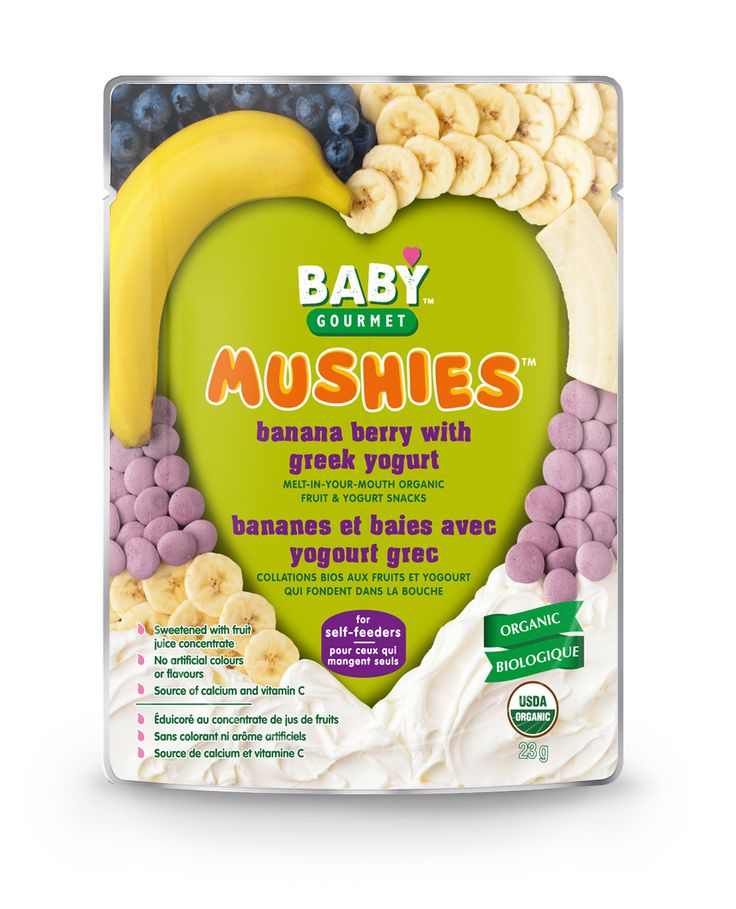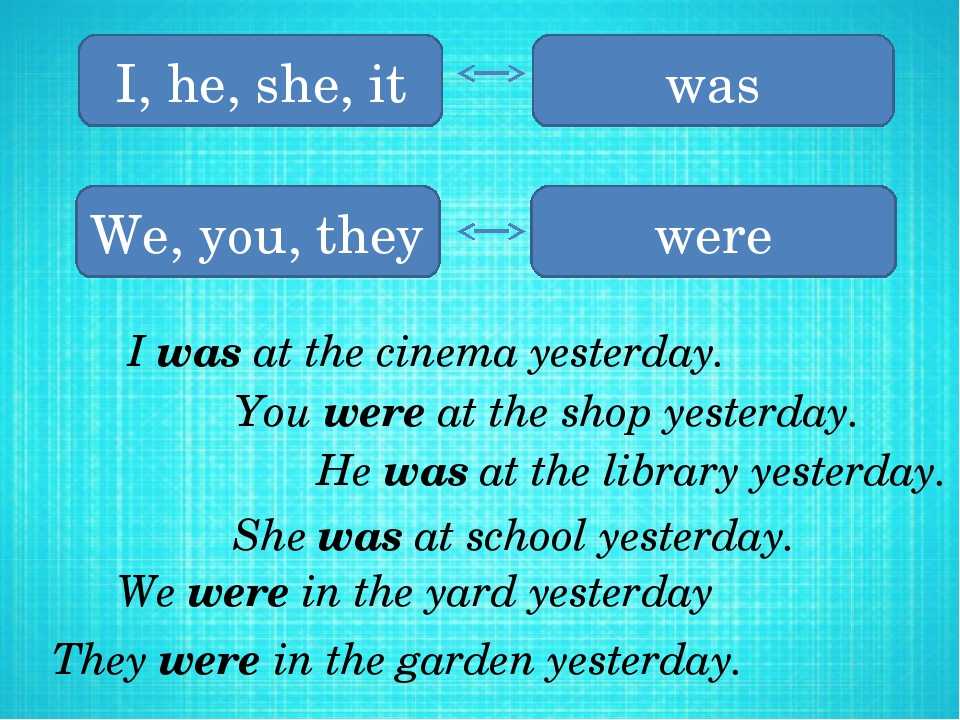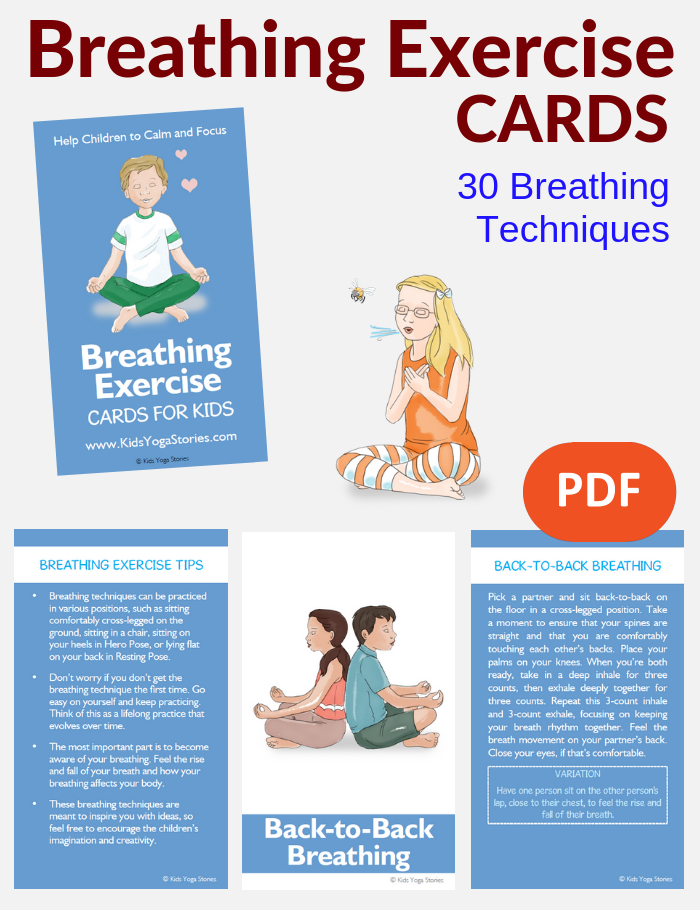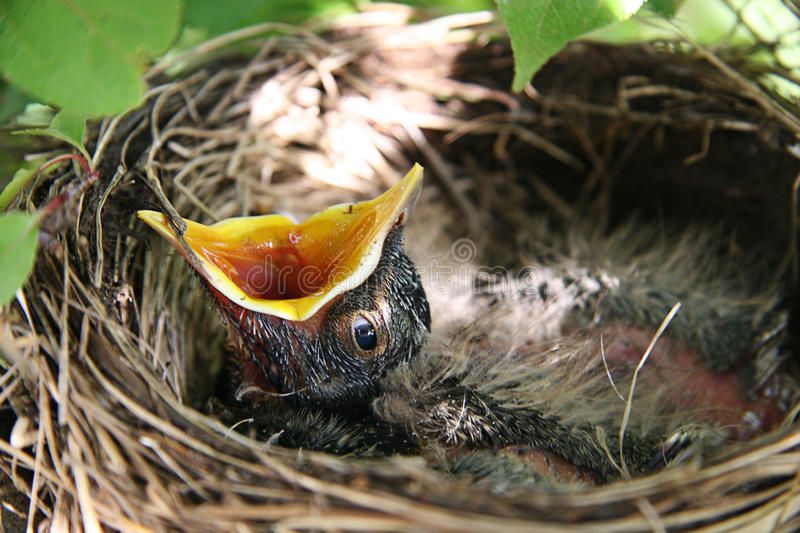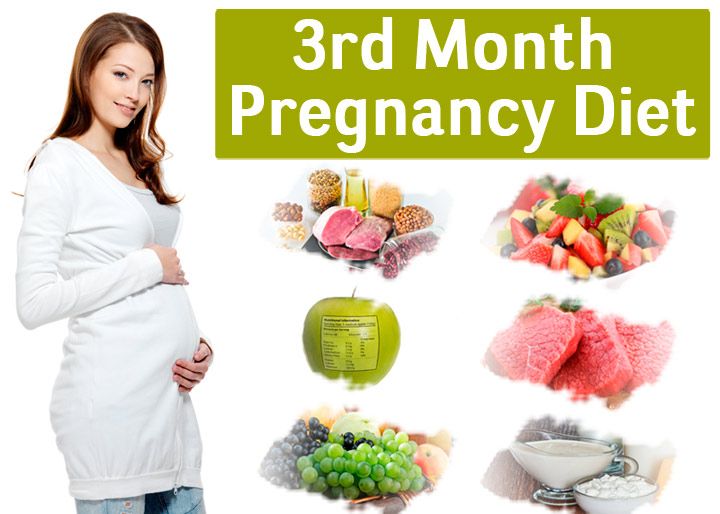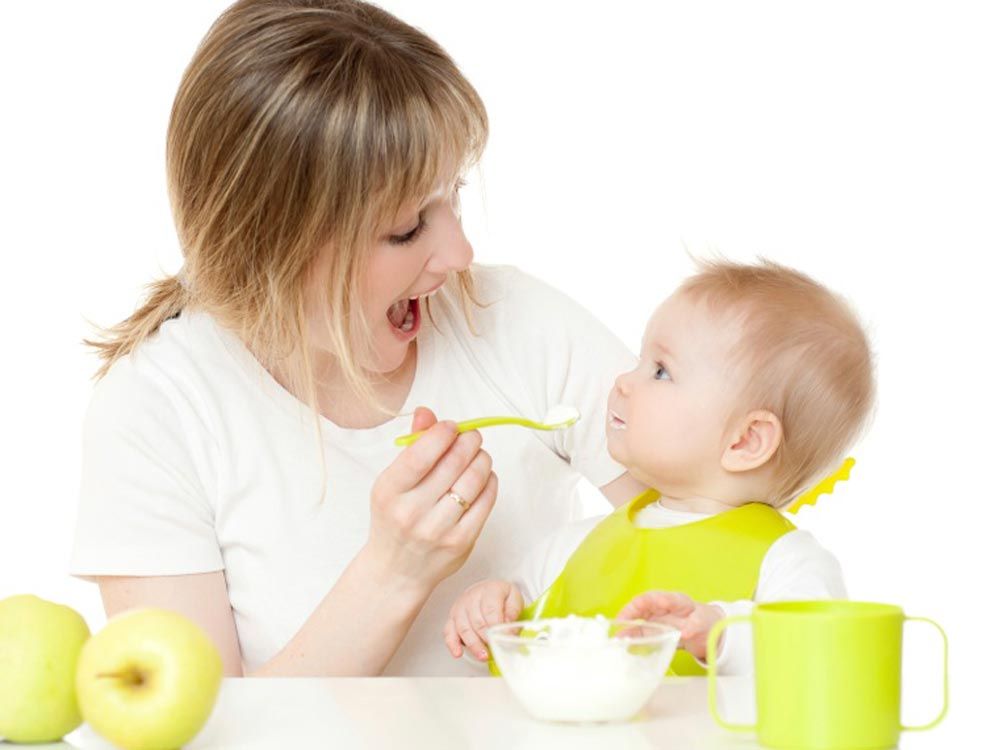What kind of yogurt to feed baby
Guide on Best Yogurt for Baby & Toddler (benefits, brands & more!)
Home » Feeding Style » Baby Food Purees » Stage Two » Best Yogurt for Babies & Toddlers
A comprehensive guide on the Best Yogurt for Babies and Toddlers? Yes, please! Find out when you can start serving yogurt, which brands are the best, the ingredient list breakdown, and how to serve yogurt to your baby and toddler. And as a bonus, you’ll also learn 9 delicious ways to flavor plain yogurt! Great for 6+ months regardless of whether you are doing baby food purees or baby-led weaning.
Medically reviewed by Jamie Johnson, Registered Dietitian Nutritionist (RDN), and Lauren Braaten, Pediatric Occupational Therapist (OT).
Yogurt for Babies + ToddlersWondering what the best yogurt for your baby is and at what age you can serve it? Confused with all of the options in the grocery store?
I did all the research and made this in-depth guide just for you! 😘
In this post we will cover what to look for in yogurt for baby, a round-up of our favorite brands, the difference between Greek and plain yogurt, a list of dairy-free options, when you can safely introduce yogurt to your baby, how to serve to them as a solid food for baby-led weaning, plus 9 great ways to flavor plain yogurt for your baby and toddler, and so much more!
Phew, that sounds like a ton of info 😰, but I promise I made it as concise and complete as possible… cuz I know you have better things to do than spending hours reading about yogurt.
Yogurt for Baby Video
Watch this video to find out more information and how to easily flavor plain yogurt for your baby and toddler.
What to Look for in a Yogurt for BabyWhen shopping for yogurt for your baby, the ingredient list should be pretty short:
- made with whole milk
- plain or no added sugar
- has a variety of live active cultures
- organic, if possible
Whole milk is important for babies because they need healthy fats to develop muscles and bones. Milk is also one of the most important nutrients for brain development. Babies and toddlers need about 31-35 grams of fat a day (30-40% of total calories), depending on activity level, and most of it comes from healthy fats.
Live Active CulturesCultures commonly used in yogurts are L. bulgaricus, S. thermophilus, L. acidophilus, Bifidus, L. casei, and L. rhamnosus. These live active cultures do two things: They make the milk turn into yogurt during the fermentation process, and they also provide the gut with probiotics. Probiotics, or good bacteria, are the good guys helping your baby maintain a healthy gut.
casei, and L. rhamnosus. These live active cultures do two things: They make the milk turn into yogurt during the fermentation process, and they also provide the gut with probiotics. Probiotics, or good bacteria, are the good guys helping your baby maintain a healthy gut.
Always opt for plain or unsweetened yogurt for your baby and toddlers. Sweetened yogurt can have up to 4 teaspoons of added cane sugar in it, which is way too much for babies and toddlers. You can find 9 fun ways to naturally flavor yogurt below.
Organic (if possible)Yogurt made from organic milk will be free of synthetic pesticides, artificial hormones, antibiotics, and GMOs, which may be potentially harmful to your baby. Generally, the price difference between organic yogurt vs. standard yogurt isn’t huge — you’ll get an average of $0.14 for an ounce of standard yogurt vs. $0.17 for an ounce of organic yogurt. With all that said, you need to do what’s right for your family and budget.
$0.17 for an ounce of organic yogurt. With all that said, you need to do what’s right for your family and budget.
Here are some of my favorite brands of yogurt that you can easily find at almost any supermarket. All yogurts taste slightly different, so if your baby doesn’t like one yogurt, you can easily switch to another brand.
Organic Varieties- Nancy’s, Organic Plain Whole Milk Yogurt
- Straus Family Creamery, Plain Yogurt
- Maple Hill Creamery, Organic Cream on Top Yogurt
- Stonyfield Organic, Whole Milk Plain Yogurt
- Wallaby Organic, Whole Milk Greek Yogurt
- Siggi’s Whole-Milk Icelandic Yogurt, Plain
- Redwood Hill Goat Milk Yogurt, Plain
- Chobani Whole Milk Greek Yogurt
Both Greek and standard yogurts are excellent options for your baby and toddlers.![]()
Greek yogurt is strained three times, so it has more protein and a thicker consistency. It also has a more sour taste, which can sometimes be a bit much for some babies or toddlers.
On the other hand, standard yogurt is not typically strained, so it has less protein and a thinner texture. The flavor of standard yogurt is definitely less tart than any Greek variety.
While we generally think that more protein will be better, for young babies and toddlers with still-developing digestive tracts, more protein might be too much for them. Plus, the slightly acidic flavor can be off-putting to some babies and toddlers.
I recommend starting with the standard yogurt and adding Greek yogurt to the menu once your baby is comfortable with yogurt.
Greek yogurt is great:- for some babies and toddlers
- mixed into purees for babies
- mixed into applesauce for toddlers
- spooned into reusable pouches (makes them thicker, so they don’t drip as much)
- for yogurt parfaits
- for baking
- for all babies and toddlers without a dairy allergy
- for smoothies
- mixed into purees for babies
- mixed into applesauce for toddlers
- for baking
- picky eaters
Plant-based yogurts have grown in popularity in the last couple of years, and I am a huge supporter of serving them to babies, regardless if the baby has a dairy allergy or not.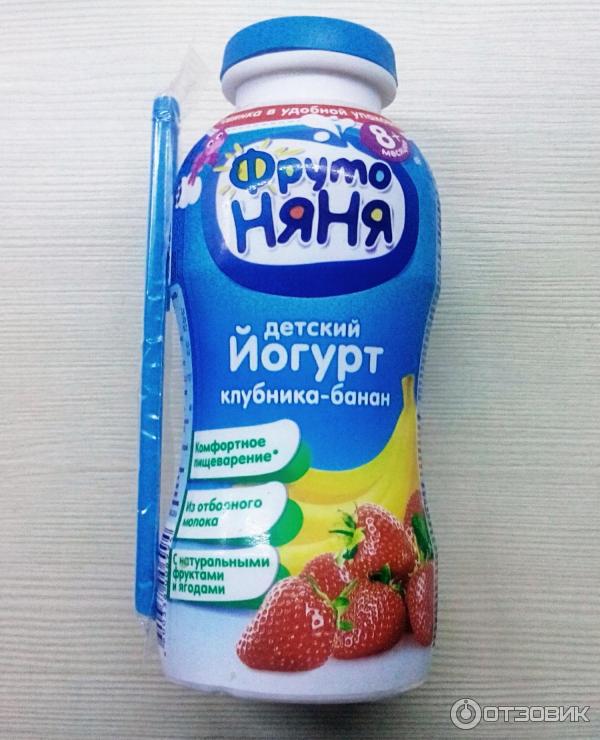 Serving almond, oat, and coconut yogurts to babies will help them gain a wide range of nutrients as well as expand their taste buds. Just like whole milk yogurts, you are looking for dairy-free yogurts that are full of healthy fats (no skim or fat-free) and unsweetened. However, dairy-free yogurts may not provide some of the essential nutrients that dairy varieties provide, like protein and calcium, so make sure your baby is getting those nutrients elsewhere, or the yogurt is fortified.
Serving almond, oat, and coconut yogurts to babies will help them gain a wide range of nutrients as well as expand their taste buds. Just like whole milk yogurts, you are looking for dairy-free yogurts that are full of healthy fats (no skim or fat-free) and unsweetened. However, dairy-free yogurts may not provide some of the essential nutrients that dairy varieties provide, like protein and calcium, so make sure your baby is getting those nutrients elsewhere, or the yogurt is fortified.
- Forager Project, Organic Dairy-Free Unsweetened Plain Cashewmilk Yogurt Alternative
- Kite Hill Yogurt, Unsweetened
- Nancy’s Oatmilk Non-Dairy Yogurt Plain
- So Delicious Coconutmilk Yogurt Alternative, Unsweetened Plain
Frequently Asked Questions
When can you introduce yogurt to baby?
You can introduce yogurt to your baby anywhere between 4-8 months of age.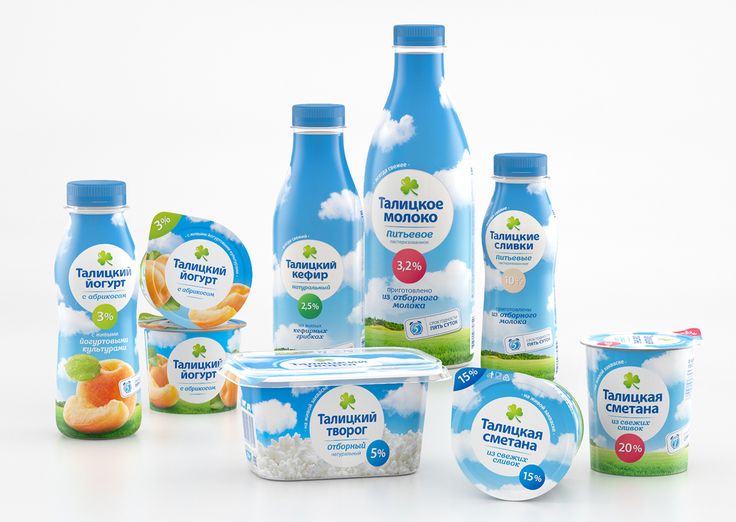 Since yogurt is nutrient-dense, I recommend serving it to your baby as one of their first foods but consult your pediatrician if there is someone in the family with a dairy allergy. You may be advised to wait until your baby is closer to 6 months. You can introduce plain yogurt to your baby as is, or you can mix a small teaspoon of yogurt with a baby food puree that your baby is already familiar with.
Since yogurt is nutrient-dense, I recommend serving it to your baby as one of their first foods but consult your pediatrician if there is someone in the family with a dairy allergy. You may be advised to wait until your baby is closer to 6 months. You can introduce plain yogurt to your baby as is, or you can mix a small teaspoon of yogurt with a baby food puree that your baby is already familiar with.
Can yogurt be baby’s first food?
Dairy yogurt is a common allergen and it is recommended to wait to introduce the top eight allergen foods to your baby once a few other well-tolerated foods have been introduced, especially if your baby is at high risk for food allergies.
Is yogurt a common allergen for baby?
Yes, yogurt made from cow’s milk is one of the most common food allergens, so, as with any food, start with a small portion and be aware of any signs that might be an allergic reaction after introducing it. You may want to talk with your pediatrician about how to safely introduce dairy yogurt if your baby has severe eczema or other food allergies.
You may want to talk with your pediatrician about how to safely introduce dairy yogurt if your baby has severe eczema or other food allergies.
Does yogurt cause constipation for babies?
Yogurt may cause constipation in some babies that are sensitive to dairy.
Yogurt for Baby-Led WeaningYogurt is still an excellent first food for baby-led weaning. You can simply load up a spoon (this or this one are two of my favorites) and hand the spoon with the yogurt to your baby for them to feed themselves. As they get older, you can place the yogurt into a bowl or sectioned plate and hand your baby the spoon to load and feed themselves.
Feeding Tips
- Make sure your baby is showing readiness signs for eating – good control of their head and trunk, sitting with minimal assistance, bringing hands or toys to their mouth, and appearing interested in your food when you’re eating.
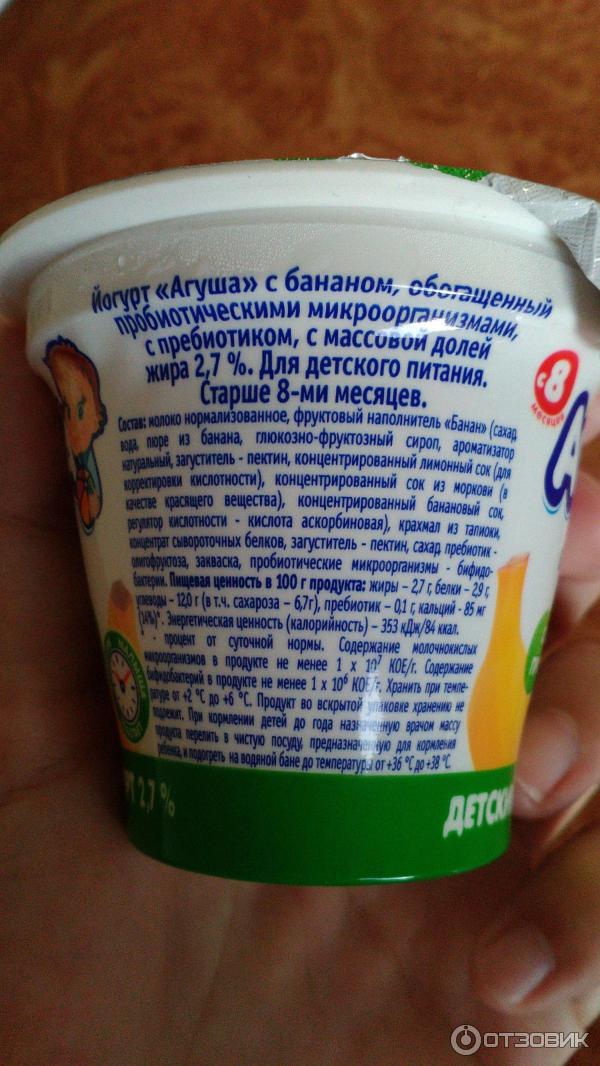
- Follow your baby’s lead – when feeding purees from a spoon, sometimes there’s a tendency to keep offering bites past the point of your baby being full. Always follow baby’s cues for when they are done eating. Turning away from the spoon, closing her mouth, or pushing food away are all signs that baby is finished with the meal.
- Pre-loading a spoon is a great way to help your baby be more successful in the early stages of self-feeding. Simply dip a spoon like the NumNum GOOtensil or ChooMee Starter Spoon into a slightly thicker puree, such as oatmeal, Greek yogurt or mashed avocado so that it sticks to the utensil and allow baby to grab the spoon.
- Throwing spoons is a common phase that all babies go through at one point or another. One of the best ways to handle spoon throwing is to ignore it and keep feeding baby as usual (with an extra spoon you already have at the table). If baby ends up also throwing back up spoons #2 AND #3, simply encourage your baby to eat with their hands until they appear to be finished with the meal.
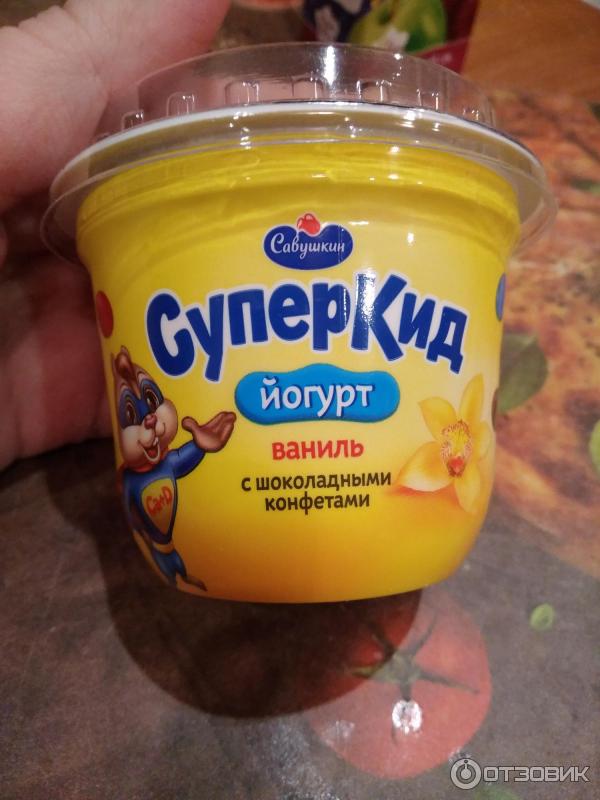
Here are 9 delicious and fun ways to flavor plain yogurt for both babies and toddlers:
Peanut, Almond, or Seed ButterAdding nut or seed butter into the yogurt does not only enrich the yogurt with a fun, nutty taste, but it is also a way to gently expose your baby to nuts (read more here about introducing nuts to your baby). You can add a drizzle of maple syrup or honey for a sweeter meal for toddlers over the age of one.
Veggie or Fruit PureeYou can stir in any homemade or store-bought puree into yogurt, which means you literally have endless options on how to flavor plain yogurt. Don’t be afraid to play around and find out what flavor combo your baby likes best!
ApplesauceYou can use unsweetened applesauce or an apple puree to give plain yogurt a sweet, fruity taste without adding sugar or honey. Both of my kids love this option.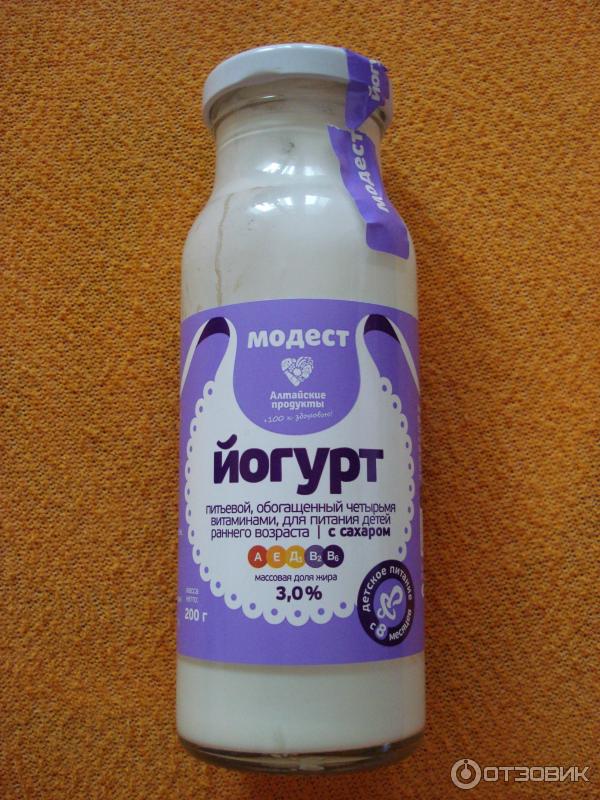
This one is SO good; it could pass as a dessert. Simply mash some ripe banana, add a pinch of cinnamon, and mix a little yogurt for a luscious option.
Mashed BerriesI have found that using thawed frozen berries gives the yogurt a sweet taste without the extra sugar. I usually thaw my berries and then smash them on a cutting board with the back of a fork before adding them to yogurt. You can use any frozen fruit you have on hand — strawberries, blueberries, blackberries, peaches, cherries, kiwi, pineapple, raspberries, etc.
Cacao PowderThis one is pleasantly and irresistibly delicious. You can even add a drizzle of maple syrup or honey for toddlers over the age of one, and call it a dessert. Note that Cacao powder is different than cocoa powder. Cacao powder isn’t as refined and is considered a superfood. It is high in antioxidants and flavonoids, which makes it an excellent choice for boosting brain functions. Cacao is also higher in protein, fiber, magnesium, and iron than plain unsweetened cocoa powder. However, if cacao isn’t an option, cocoa will also work; just make sure it’s unsweetened.
Cacao is also higher in protein, fiber, magnesium, and iron than plain unsweetened cocoa powder. However, if cacao isn’t an option, cocoa will also work; just make sure it’s unsweetened.
Adding avocado is a fun, appetizing way to amp up the flavor of plain yogurt. You can also serve this combo on a piece of toast sticks.
Oat Baby CerealThis is an ideal option for babies that love oat cereal. Adding plain whole milk to yogurts makes the cereal even more nutritious with essential fats and nutrients. I also recommend adding a pinch of cinnamon or cloves to make the dish taste more distinct.
Orange Juice and VanillaUsing freshly squeezed oranges will boost the vitamin C and add a citrus twist to the yogurt. Vanilla extract brings out the flavor of orange juice, but it is optional.
Favorite Recipes
Here are some more favorite recipes on how to serve yogurt to your baby and toddler.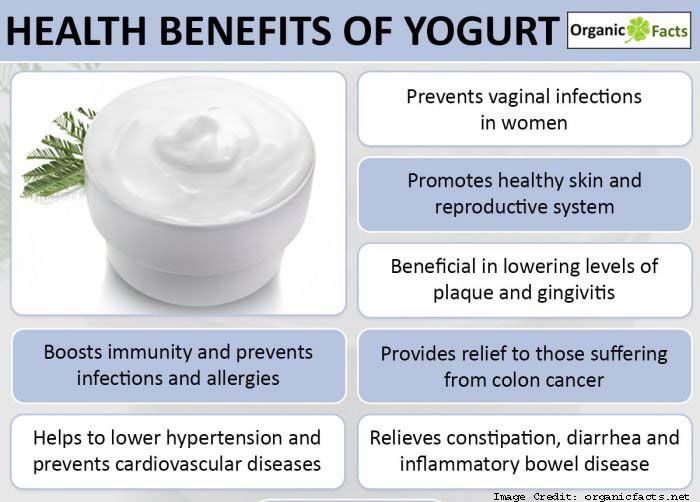
Homemade Yogurt Melts for Baby
4.58 stars (40 ratings)
These 2-Ingredient Healthy Yogurt Melts are great for babies and toddlers as a cold refreshing treat, as a gumming tool to help ease teething pain, or for a quick yummy snack!
Get the recipe
Pumpkin, Yogurt + Prune Baby Food Puree
5 stars (6 ratings)
A fun seasonal baby food puree that takes only 15 minutes to make and is packed with vitamin A, beta carotene, potassium, protein and iron just from the pumpkin.
Get the recipe
Peanut Butter Banana Melts for Baby + Toddler
5 stars (15 ratings)
These peanut butter banana melts are a perfect healthy frozen treat for baby. Made with 3 ingredients, they are quick to make and are great for baby-led weaning and can help relive teething pains.
Get the recipe
Strawberry Yogurt Popsicle
5 stars (3 ratings)
These 4-ingredient Strawberry Yogurt Popsicles are easy to make and are seriously delicious for the entire family!
Get the recipe
Berry Granola Yogurt Bark
5 stars (16 ratings)
This yummy yogurt bark is perfect for breakfast, snacks or dessert. Made with 4 simple ingredients, it only takes 5 minutes to make a batch of this healthy sweet treat that kids love!
Made with 4 simple ingredients, it only takes 5 minutes to make a batch of this healthy sweet treat that kids love!
Get the recipe
DID YOU TRY ANY OF THESE FUN YOGURT FLAVORS?I’D LOVE TO KNOW HOW IT TURNED OUT! LEAVE A COMMENT AND A ⭐️ RATING BELOW 👇
Base Yogurt
- 1/4 cup plain whole milk yogurt
- plus one or more add-ins from below
Add-Ins
- 2 tsp peanut, almond or seed butter
- 2 ounces veggie or fruit puree, homemade or store-bought
- 3 tbsp applesauce or apple puree, unsweetened
- 3 tbsp mashed banana and pinch of cinnamon
- 3 tbsp mashed berries, frozen and thawed berries are sweeter
- 1 tsp cacao powder
- 2 tbsp mashed avocado
- 2 tbsp baby cereal of choice
- 1 tbsp orange juice and a splash of vanilla extract
In a small bowl, mix together the ingredients you wish to flavor the yogurt with until smooth.
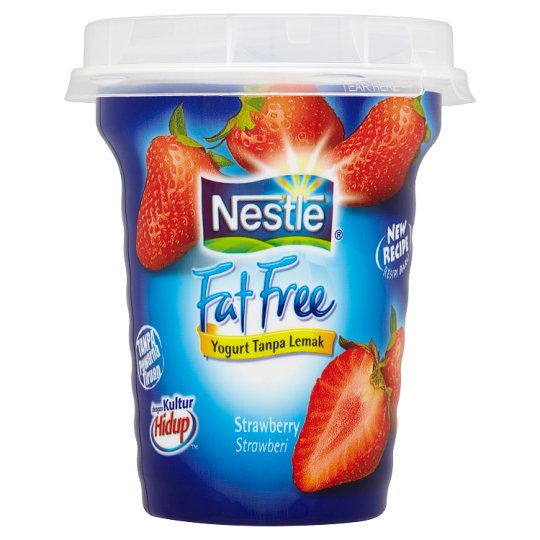
Age: 6 months and up
Yield:4-5 ounces for each flavor
Storage: store in an air-tight container in the fridge for up 3 days.
Bumkins Baby Bowl
Tripp Trapp High Chair
EZPZ
Bumkins Sleeved Bib
NumNum Pre-Spoon GOOtensils
Did you make this recipe?
Tag @babyfoode on Instagram and hashtag it #babyfoode!
Pin Recipe Email a Friend
Best Yogurt for Babies and Toddlers (& How to Flavor Plain Yogurt)
Confused by the ever-growing yogurt aisle in the grocery store? Me too, which is why I put together a list of the best yogurts for babies and toddlers—those that are low in added sugars, but still taste great! Plus: You’ll find yummiest ways to naturally flavor plain yogurt.
Yogurt for Babies
Yogurt is a great baby food and toddler food as it’s filled with nutrients little kids need. This includes protein, calcium, and probiotics. It’s also easy to eat, whether served from a spoon or in a reusable pouch and is so easy to customize.
It’s a versatile food for almost any meal of the day and is often served for breakfast and snack.
But because there are just so many options available now, it can be confusing to choose a yogurt at the store. This post is meant to take some of the confusion out of the choices and help you make a decision more easily.
What kind of yogurt should I give my baby?
The best yogurt for babies is actually fairly straight forward. Here’s what to look for:
- Made with whole milk
- Is plain, rather than flavored
- Is free from added sugars (which is the case with plain yogurt, though it does contain natural sugars)
- Has a mild flavor and creamy texture (there’s so much flavor variation so some yogurts may be very tangy)
- Is organic, if that fits your budget
- Can be either regular style or thicker Greek style
There’s a wide range of flavors and consistencies in yogurt, so if your baby or toddler doesn’t like one you try, consider buying a different brand next time and see if it’s better.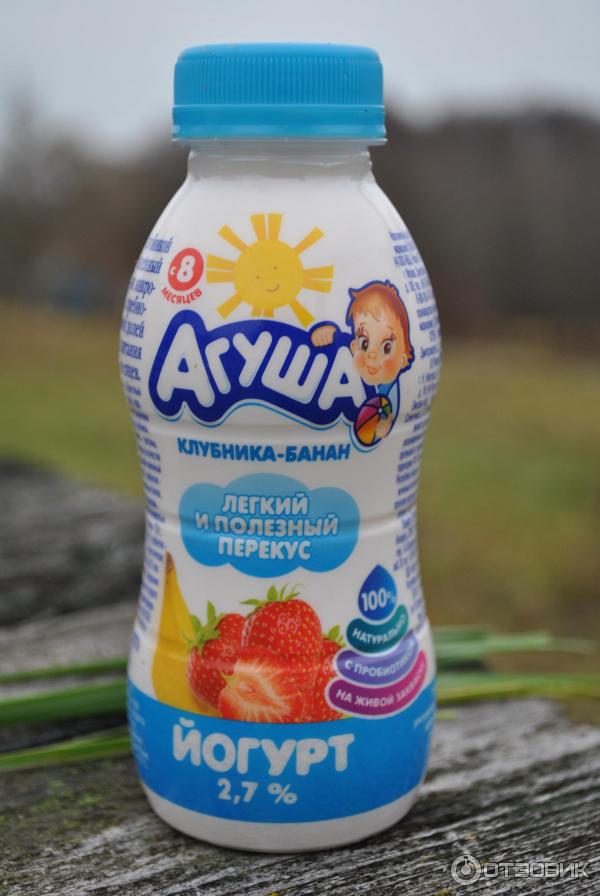
And if you’re shopping for yogurt using WIC benefits, look for a whole milk plain option with a brand and container size that’s approved by your state program.
When can a baby eat yogurt?
A baby can eat plain whole milk yogurt at 6 months, or whenever they start solid foods. Follow the same advice when trying this food out as others and know that while cow’s milk is too hard for a baby to digest, yogurt is often much easier on the tummy.
It has beneficial probiotics too, which are healthy for the immune system and the digestive tract.
Whole Milk Yogurt
Babies and toddlers need fat for proper brain development, so it’s important to choose yogurt (and other dairy products) made with whole milk. Yogurt will be labeled as “whole milk yogurt” or 4% or 5% yogurt, so keep that in mind when choosing yogurt for your baby and toddler.
There is also a huge range of flavor profiles of plain whole milk yogurt, so you may need to try a few to find the one that you and your baby like best.
I prefer Stonyfield and the European Style plain yogurt from Trader Joes in the red and white cartons. I also love Kalona yogurt with the cream top—just stir the cream into the yogurt so there’s thickness and fat throughout.
Greek Yogurt for Babies
If you’d like to serve Greek yogurt to your baby or toddler, that is an option. There are a few things to keep in mind though. First, it can be a little harder to digest (since it contains so much protein), so start with a small serving to see how your kiddo does with it.
It also has a much thicker texture which may or may not be a hit with your kiddo—though it can also be easier to eat with a spoon since it will be less likely to slide right off.
And again, look for a whole milk (often labeled 4%) version to ensure that your child is getting the fats that they need. There is a range of flavors in Greek yogurt too, so try a few to find one your family enjoys.
Fruit Yogurt for Babies
While there is a whole market of fruit-flavored yogurts for babies and toddlers, I still prefer to mostly rely on the plain kind so we can control the amounts of added sugars and how overtly sweet the yogurt tastes.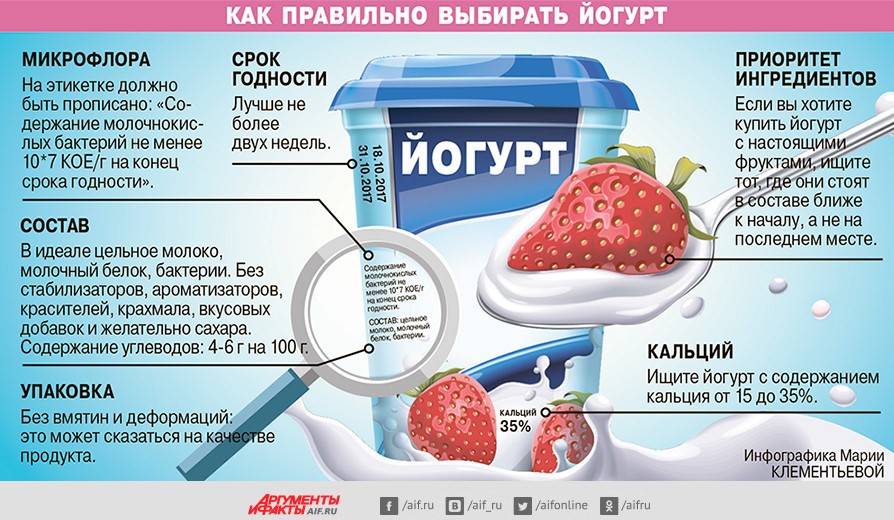 That said, these are great options too:
That said, these are great options too:
- Stonyfield does make some baby yogurt without added sugars (though I have yet to see them in my area!) and they make a plain version of their baby yogurt.
- Siggi’s makes a no-added sugar yogurt and yogurt tubes with lower amounts of added sugars.
- Simply Go-Gurt also has less sugar and ingredients than other similar yogurt tubes.
- Happy Family makes whole milk yogurt flavored with just fruit or fruit and veggies.
- Redwood Farms makes a nice tasting goat milk yogurt which may be easier to digest.
- Green Valley makes a delicious lactose-free yogurt. (I lived on this while I was pregnant with my girls and having trouble with regular yogurt.)
TIP: You can also make your own Fruit on the Bottom Yogurt. It’s SO easy.
The Best Yogurt For Toddlers
The best yogurt for toddlers is the same as the best yogurt for babies—plain whole milk yogurt. It has all the same benefits and is easy to customize for your kiddo.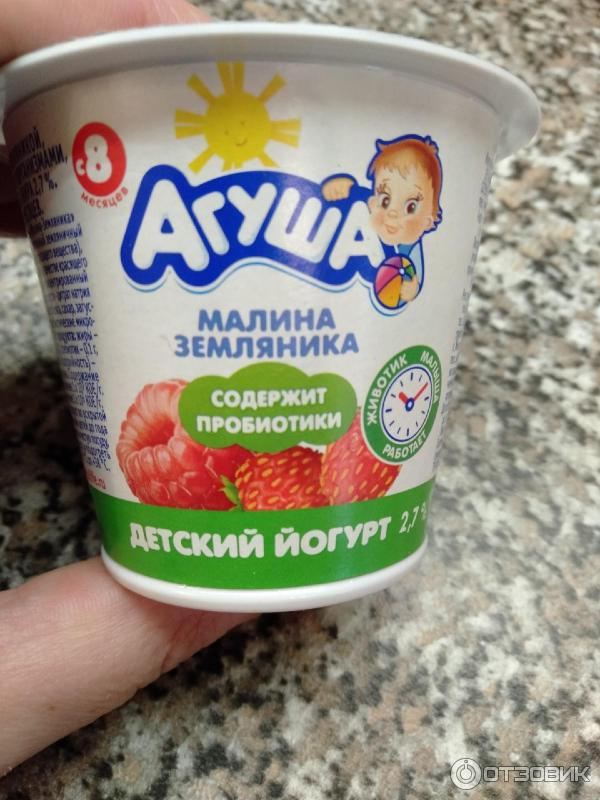 Though of course feel free to add flavor from fruit, nut butter, honey, maple syrup and more.
Though of course feel free to add flavor from fruit, nut butter, honey, maple syrup and more.
It may also be worth saying that many daycares serve flavored yogurts and many kids, as they get older, may prefer flavored yogurts. It’s totally fine if either happens because our overall diet is defined by more than just one food. Yogurt still has benefits, even if it’s a little sweet.
How to Flavor Plain Yogurt
I love to buy plain whole milk yogurt and to add flavor to it myself since there are so many easy options. Here are some stir-ins that we like:
- Applesauce or Apple Puree
- Diced fruit
- Diced berries
- Hemp seeds
- Maple syrup or honey (avoid honey for babies under age 1)
- Pureed pumpkin
- Butternut squash puree (cooled)
- Roasted sweet potato puree (cooled)
- All-fruit jam or preserves
- Chia Jam
- Leftover baby food purees
- Nut or seed butter
- Mashed banana or banana puree
- Baby food fruit purees like Pear Puree, Mango Puree, or Strawberry Puree
TIP: Try a few small servings of yogurt with these mix ins to see what your kids like.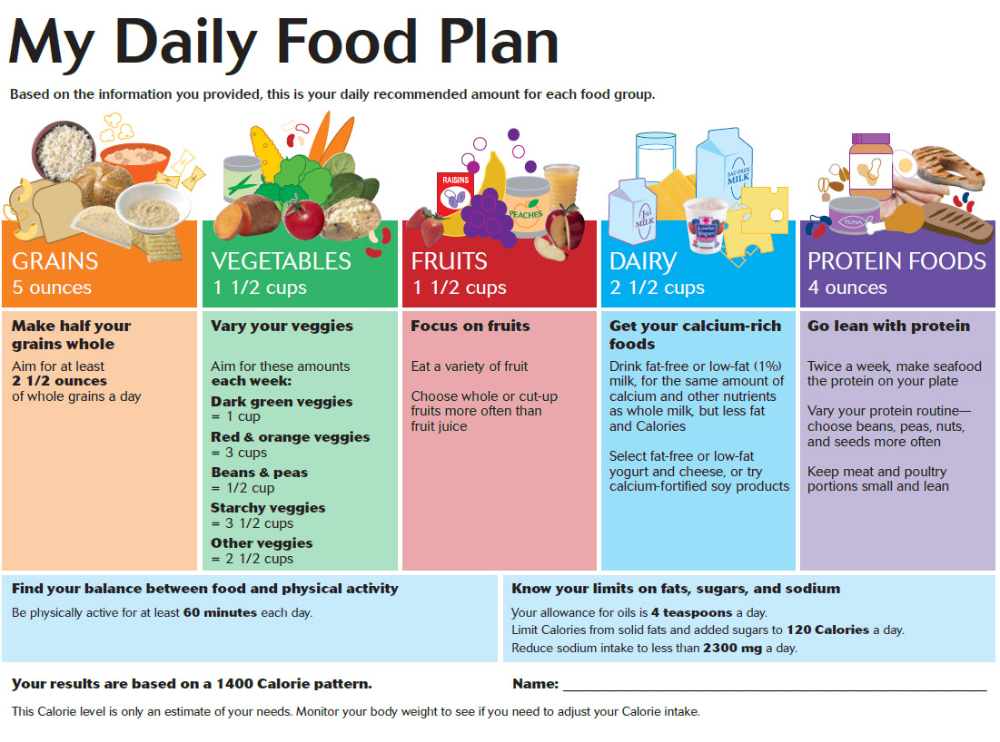 Scroll down for specifics on portions and amounts to mix.
Scroll down for specifics on portions and amounts to mix.
When will my toddler be able to eat yogurt with a spoon?
Learning to scoop and get foods into little mouths is definitely a learning process, so don’t worry if your two year old still makes a mess of things when they eat with a spoon. The most important thing is that they have the chance to practice their spoon skills, so offer it and understand that they still may use their hands…since that’s often a more effective method!
I love to offer yogurt in a reusable pouch (shown above) at times and in bowls at other times. Both are great ways to serve yogurt to both babies and toddlers.
What’s the best nondairy yogurt?
There are so many good ones now, so you may need to try a few to find one that your family prefers. There are nondairy yogurts made from soy, almond milk, coconut milk, and goat milk so you’ll have to try a few to see which ones have the best flavor.
There are also many lactose-free yogurt options to help those who may be lactose intolerant.
Nutritionally, I still recommend looking for brands that use less added sugars and finding one with protein—the amounts will vary a lot. People seem to love the newer options from Kite Hill and the plant-based yogurts from Siggis, which are now widely available.
If you don’t see many options in your store, you can ask the dairy manager if they could get in others for you to try.
Homemade Yogurt Recipes to Try
Here are some of my go-to recipes for making flavored yogurts at home. Each is easy, flavorful, and perfect to share with the kids.
Best Banana Yogurt
This recipe make enough for 2-4 servings of yogurt, depending on the appetite of your child. See the Notes at the bottom for storage tips if you have leftovers. You can also cut the recipe in half to make a smaller amount.
Get the recipe
Easy Apple Yogurt (2-Ingredients!)
Made with a base of just two ingredients, this Apple Yogurt takes just seconds to make—and is a delicious breakfast or snack option.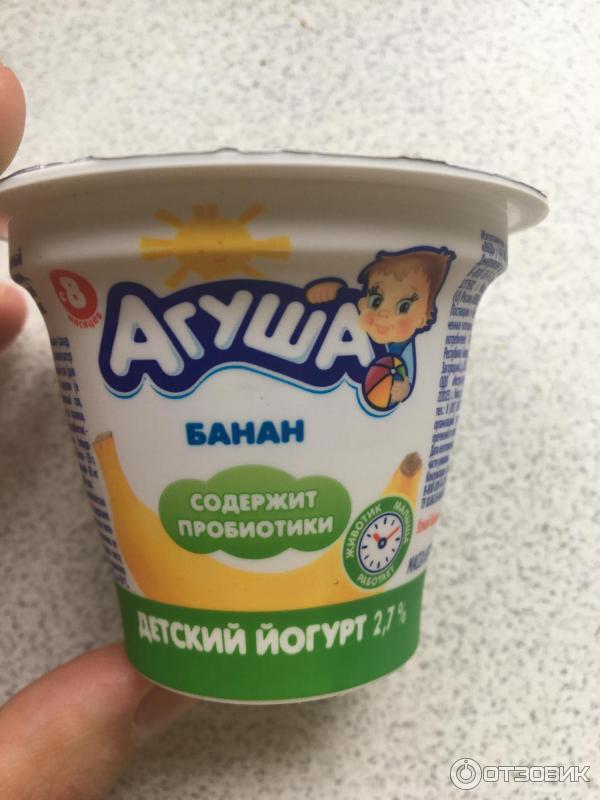
Get the recipe
Favorite Mango Yogurt
You can use fresh or frozen mango, or start with mango puree. All three options work similarly. This is an easy way to make flavored yogurt at home for breakfast or snack.
Get the recipe
Favorite Strawberry Yogurt
You can use fresh or frozen strawberries, freeze-dried strawberries or strawberry puree. This is an easy way to make flavored yogurt at home for breakfast or snack.
Get the recipe
Easy Fruit-on-the-Bottom Yogurt
Scale this up or down according to how many servings you're planning to make. The directions here are for one small toddler-size serving. (It's okay if your kiddo wants more or doesn't eat a whole serving though!)
Get the recipe
Favorite Yogurt Melts (Easiest Yogurt Bites!)
These melt-in-your mouth yogurt bites are a fun way to serve yogurt.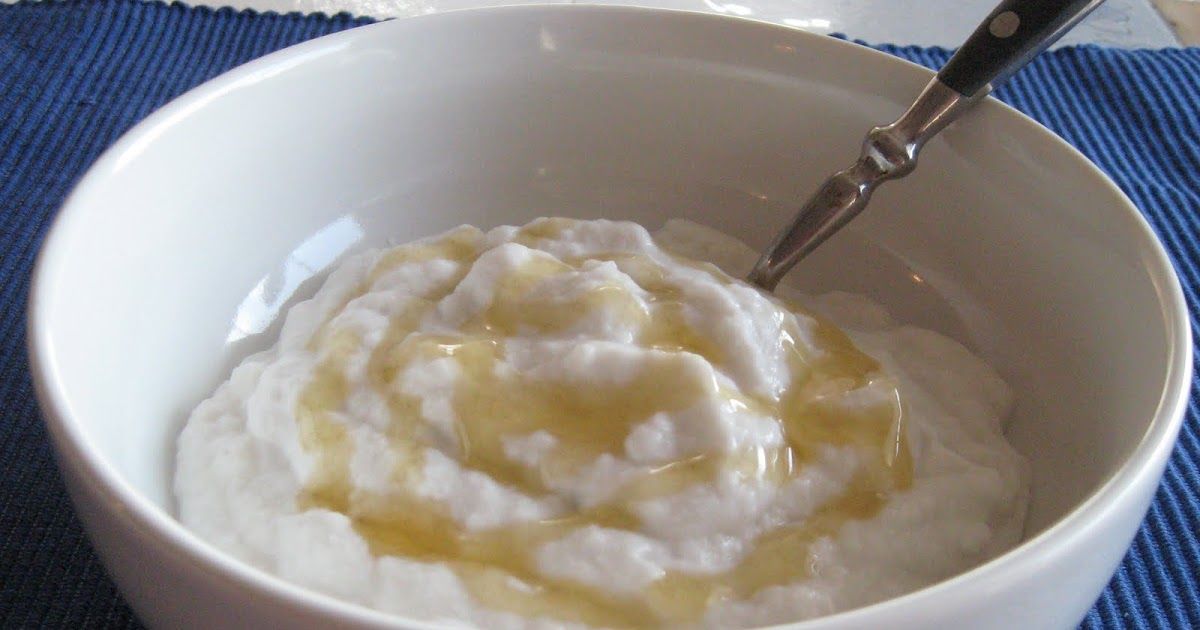 Plan to make them at least 2 hours before you want to serve them.
Plan to make them at least 2 hours before you want to serve them.
Get the recipe
Favorite Strawberry Frozen Yogurt
This Strawberry Frozen Yogurt is so fresh and so creamy. It does freeze firm, so plan to let it sit at room temperature for 20-30 minutes before serving.
Get the recipe
Strawberry Smoothie with Yogurt
You can use fresh or frozen berries in this simple Strawberry Smoothie and the results will have a texture that is similar to drinkable yogurt. To make it thicker and to try different flavor options, see the Notes at the end of the recipe.
Get the recipe
Healthy Sweet Potato Pudding (2 Ingredients!)
You can also use plain Greek yogurt and sweeten to taste with maple syrup.
Get the recipe
Best Tips for Yogurt for Babies and Toddlers
- Look for whole milk, plain yogurt.
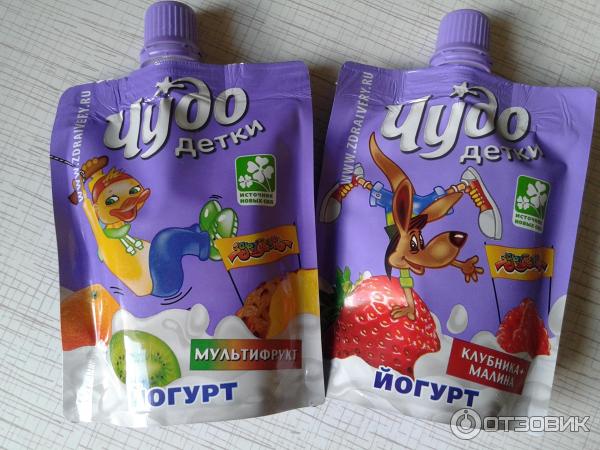
- Choose regular or Greek style.
- If trying Greek yogurt for the first time, start with a small amount to ensure that it’s easy for baby to digest. (It has a lot of protein which may require some getting used to.)
- Look for a whole milk plain yogurt if shopping with WIC benefits. The brands and container size approved in your state may vary.
- Try adding flavor to plain yogurt with fruit purees, diced fruit, nut or seed butter, or jam.
- Remember that babies can start eating yogurt soon after starting solids, or around 6 months. Straight cow’s milk should be avoided until baby is over 12 months of age since that is harder to digest.
- You may also like Yogurt Muffins, Yogurt Pancakes, Apples for Babies, and Easy Homemade Baby Food.
Do you have any additional questions about yogurt? Please comment below and I’ll be happy to provide additional info!
This post was first published June 2018.
Prep Time 5 minutes
Cook Time 0 minutes
Total Time 5 minutes
Author Amy Palanjian
Cuisine American
Course Baby Food
Calories 100kcal
Servings 1
- ▢ 1/2 cup plain whole milk yogurt
- ▢ Plus one or more of these add-ins
Add-ins (choose one)
- ▢ 1/4 cup applesauce, Apple Puree, mashed banana or Banana Puree, Butternut Squash Puree (cooled), Pumpkin Puree, Roasted sweet potato puree (cooled), Pear Puree, Mango Puree, Strawberry Puree, or any other leftover baby food puree you have
- ▢ 1/4 cup diced fruit or berries
- ▢ 1 teaspoon nut or seed butter
- ▢ 1/2-1 teaspoon maple syrup or honey, all-fruit jam or preserves, or Chia Jam (avoid honey for babies under age 1)
Add the yogurt to a bowl.
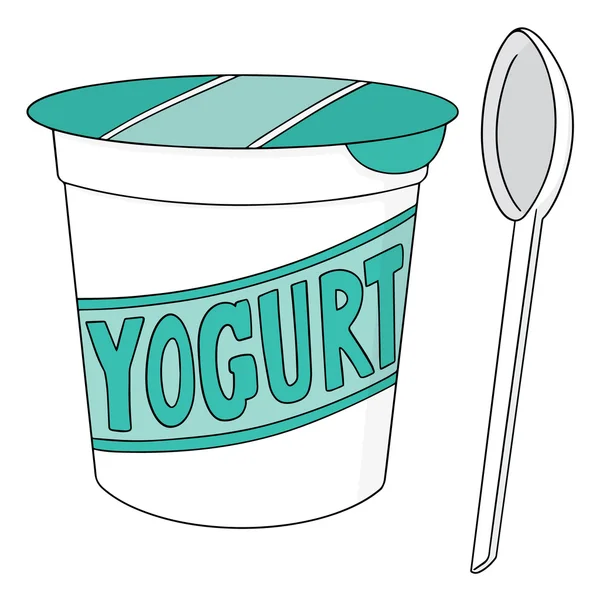
Add desired add-ins and stir well.
Serve or store for later.
- Store in an airtight container for up to 3 days in the fridge. Stir before serving if the mixture has separated at all.
- Adjust sweetness as needed with maple syrup, honey (for babies over age 1) or a fruit puree.
- Use regular whole milk plain yogurt or Greek style.
- Try any flavors with a plain nondairy yogurt as needed.
- Our favorite combos are yogurt and applesauce, yogurt and roasted sweet potato, and yogurt and mango puree.
- Serve in a bowl or in a reusable pouch (skip chunks of fruit if using a reusable pouch so the food doesn’t get stuck).
Calories: 100kcal, Carbohydrates: 13g, Protein: 4g, Fat: 4g, Saturated Fat: 3g, Polyunsaturated Fat: 1g, Monounsaturated Fat: 1g, Cholesterol: 16mg, Sodium: 58mg, Potassium: 235mg, Fiber: 1g, Sugar: 11g, Vitamin A: 139IU, Vitamin C: 1mg, Calcium: 151mg, Iron: 1mg
Tried this recipe?Rate in the comments and tag @yummytoddlerfood on IG!
Yogurt for children: what kind of yogurt can be given to children, homemade recipes from sourdough
05/14/2020 Reading time: 2 min 6816 nine0010
Can I give my baby yogurt?
Can. This product has a good reputation. Most mothers have no doubts whether yogurt is possible for a child. Rather, the question arises, from how many months can yogurt be given to children. This article has a modern * answer to this question as well.
First, let's see if the traditional ideas about yogurt correspond to its actual properties.
What nutrients does yogurt contain? nine0012
It contains almost all the substances for the growth of the child, so yogurt for children up to a year is included in complementary foods *.
Yogurt contains *, **:- proteins,
- fats,
- calcium and phosphorus,
- prebiotics,
- probiotics,
- vitamins A, B1, B2, B12.
Yogurt is obtained when milk is fermented by special microbes **, ***: thermophilic streptococci and Bulgarian bacillus. They convert lactose into lactic acid, improve the properties of milk proteins. Lactic acid inhibits harmful microorganisms and enhances the absorption of iron from food. From the action of the sourdough, the fermented milk drink is enriched with prebiotics. These substances support the "correct" microorganisms in the intestines and help food move through it without delay ***. nine0010
From the action of the sourdough, the fermented milk drink is enriched with prebiotics. These substances support the "correct" microorganisms in the intestines and help food move through it without delay ***. nine0010
Starter microbes are probiotics - they fight harmful microorganisms in the intestines, activate digestion ***.
Is only yogurt useful from fermented milk products (CMP)?
Of course not. Other KMPs have similar properties *. Basically, the taste and composition of the sourdough differs.
At what age do they give yogurt to children?
Starting at 8 months. To notice a dairy allergy in time, first give your child 1 teaspoon of the product. If the test was successful, gradually increase the amount. nine0010
Total amount of fermented milk products per day * in the first year.
| 8 months | 9-12 months |
|---|---|
| 0→200 ml | 200 ml |
From the age of 1, the amount of cottage cheese increases in the child’s diet and cheese is added, so the amount of yogurt is as follows:
| 12-18 months | 18-36 months |
|---|---|
| 150-180 ml | 150-180 ml nine0065 |
A child prone to constipation can be given up to 200 ml of CMP per day from 12 months.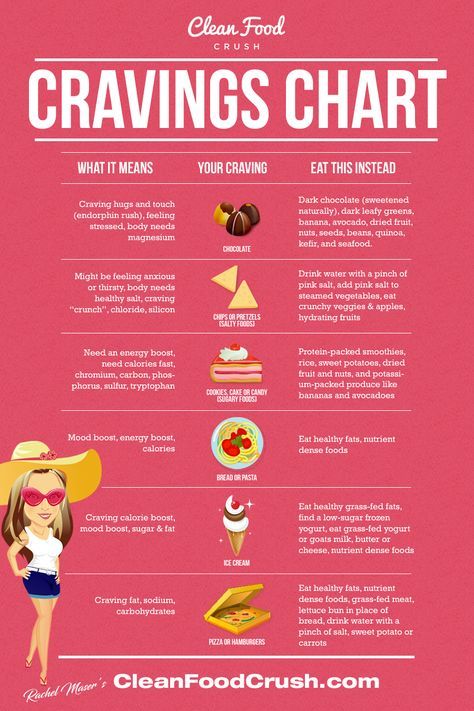
What if something went wrong?
When there is an allergy to cow's milk protein, yogurt should not be given.
Signs that may indicate it:
- Regurgitation, vomiting, constipation, colic, blood in the stool or shortness of breath. With shortness of breath, call a doctor immediately. nine0024
- Toddler scratches around mouth after eating yogurt.
- After dairy products persistent diarrhoea, weight gain clearly decreased with normal appetite.
If you notice these symptoms in your child, contact your pediatrician or allergist: they will prescribe tests to confirm.
When can homemade yogurt be available?
When the child is over 3 years old.
nine0002 If you have a yogurt maker, then it remains to buy sourdough, high-quality milk and make it according to the instructions. Try this recipe without a yogurt maker. Homemade yogurt without yogurt maker ****.
1. Ingredients:
- milk. Boiled or pasteurized.
"Homemade" or on tap - be sure to boil.
- leaven. Dry or liquid - from a pharmacy or supermarket. You can take a spoonful of fresh yogurt without additives. nine0021
2. Crockery and cutlery - meticulously washed.
- saucepan (enamelled),
- thermometer up to 42°C,
- jars with lids.
3. How to cook.
- Boil pots and jars before cooking. Pour milk into a saucepan and heat to 80 ... 90 ° C or boil. Remove the foams.
- Cool milk to 37-40°C (thermometer).
- Add starter. If dry, you can first shake it in a small amount of milk, pour the suspension into a saucepan. nine0024
- Stir.
- Pour into jars (or leave in saucepan). Wrap up to cool slowly. Put in a warm place. If the product is too cold, the yogurt will fail. See the sourdough instructions for the exact temperature.
- Yoghurt is fermented for 6-8 hours.
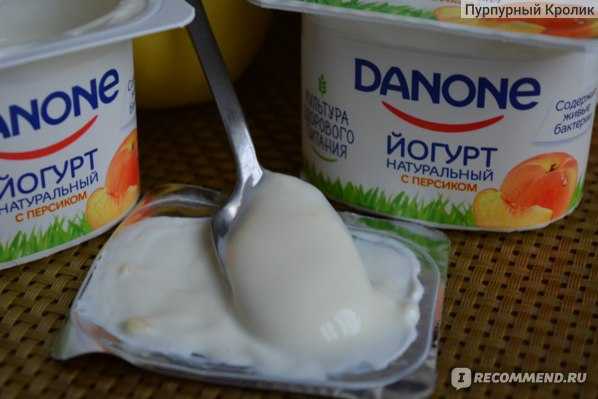
- Leavened? Add bran, fruit. Place in refrigerator.
- Store no more than 5 days.
For a kid under 3 years old, you can make a homemade version based on yogurt “from a jar”: add small pieces of fruit that he likes. If pieces of fruit do not fit, chop them with a blender. nine0010
As a result, the most useful yogurt for a baby is:
- Offered after 8 months,
- Low sugar,
- Made in a large baby food factory,
- Served just the way your little one likes it.
Sources:
* http://www.pediatr-russia.ru/sites/default/files/nacprog(2019).pdf
**https://cyberleninka.ru/article/n/primenenie-kislomolochnyh-produktov-v-pitanii-detey-opyt-i-perspek
*** https://cyberleninka.ru/article/n/kislomolochnye-produkty-v-pitanii-detey-rannego-vozrasta/viewer
**** https://ru.zakvaski.com/zakvaski/kak-prigotovit/instruction.html
(0 ratings; article rating 0)
At what age can you give yogurt to children and how to cook it at home?
One of the favorite treats of both adults and children is yogurt. This product is obtained by adding microorganisms that promote fermentation to milk - thermophilic streptococcus and Bulgarian stick. This distinguishes it from other fermented milk products and provides its beneficial effect. At what age can you start giving your baby yogurt? What is the benefit for the child from this product? Can it negatively affect the child's body? How to make healthy yogurt at home? Is it possible to feed a child with store-bought yogurt and how to choose the right quality yogurt for babies? nine0192
This product is obtained by adding microorganisms that promote fermentation to milk - thermophilic streptococcus and Bulgarian stick. This distinguishes it from other fermented milk products and provides its beneficial effect. At what age can you start giving your baby yogurt? What is the benefit for the child from this product? Can it negatively affect the child's body? How to make healthy yogurt at home? Is it possible to feed a child with store-bought yogurt and how to choose the right quality yogurt for babies? nine0192
Contents
Yogurt - what is it good for?
- Yoghurt is a source of protein that is easily digestible in the child's body;
- This fermented milk product contains a lot of calcium, which is important in the formation of bones and strengthening of teeth;
- Yogurt contains many vitamins A, B, potassium, chlorine and phosphorus. Yogurts contain many vitamins and microelements that are important for the growth of a child;
- The probiotics in this product are good for digestion.
 and immunity Yogurt is useful to eat after taking antibiotics, it restores the microflora in the intestine; nine0024
and immunity Yogurt is useful to eat after taking antibiotics, it restores the microflora in the intestine; nine0024 - If you eat yogurt every day, the body produces interferon, and it increases the protective functions of the body;
- Children's yogurt can be liquid (you can drink it) and thick (pectin is added to it), which allows you to diversify the baby's complementary foods with this product.
When can yogurt be dangerous?
Yogurt itself cannot harm a child, but since it is a perishable product, there is a danger of feeding the baby expired and spoiled yogurt. Always carefully check the date of manufacture of the product and the expiration date .
There are so many fermented milk products in stores now that you can accidentally choose yogurt that is not intended for children in such abundance. You need to be careful not to make such mistakes.
Are you allergic to yogurt?
A baby may be allergic to yogurt in two cases:
- if the fermented milk product contains berries and fruits;
- if the baby is allergic to cow's milk protein.
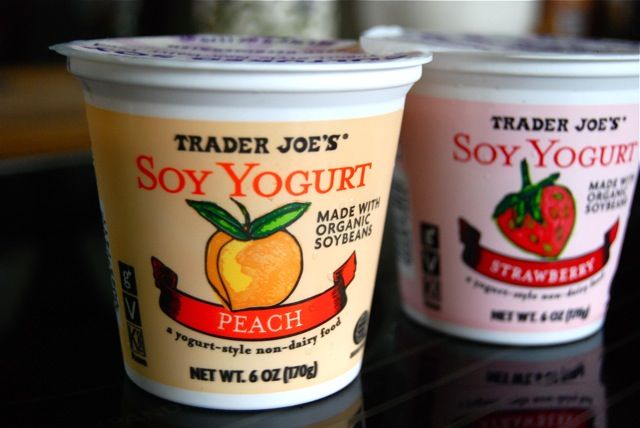 nine0035
nine0035 - With apples or applesauce.
- Peach or peach puree.
- Pumpkin.
- Pear.
- Banana.
- Curd.
- Cookies.
- small apple;
- pear;
- plum - 3 pcs.;
- melon - 1 slice;
- grapes - a small handful.
- apple;
- banana; nine0024
- kiwi;
- persimmon;
- tangerine.
- Look at the label to see if the product is labeled "yogurt".
- Read the ingredients - baby yogurt should only be made from milk and starter. If the composition contains flavors, preservatives and thickeners, refuse to buy.
- Yoghurts containing pieces of fruit may be purchased but should be given carefully. The baby may have an allergy. It is best to add store-bought fruit puree to regular plain yogurt. nine0024
- For a small child, especially the first year of life, it is better to choose semi-fat milk or classic yogurt with a fat content of up to 3.
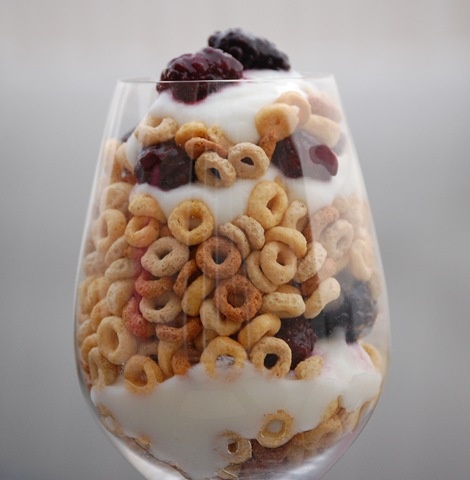 2 g. For a child from 2 to 5 years old, classic, milk-creamy and creamy-milk yogurts are suitable. Fat-free and reduced-fat yogurts are not foods of choice for children and should only be used on the advice of a doctor.
2 g. For a child from 2 to 5 years old, classic, milk-creamy and creamy-milk yogurts are suitable. Fat-free and reduced-fat yogurts are not foods of choice for children and should only be used on the advice of a doctor. - Check expiration date. Valid value is 5-7 days. Yoghurts that can be stored longer contain preservatives. Do not buy a product that can be stored without refrigeration. nine0024
- Yoghurts of currently known manufacturers - Aktimel, Miracle, Ehrmann, Rastishka, Immunele and others do not belong to baby food. They have a longer shelf life, they contain dyes and flavors identical to natural ones. They are allowed to be given to children from 3 years old, this is indicated on the product packaging.
- If the yogurt is marketed as a bioproduct, the microorganism concentration data must be on the label. Usually, by the end of their expiration dates, their content should be at least 107 CFU. nine0024
- viscous, to be eaten with a spoon;
- drinkable, which can be drunk from a cup or bottle.

At what age are children offered yogurt?
Pediatricians recommend giving yogurt to formula-fed babies from 8 months. Breastfed babies are introduced to complementary foods from 9 months.
How to properly introduce into the diet?
The first acquaintance of the baby with yogurt is best done during breakfast, offering him one spoonful of the new product . This is done so that during the day it is possible to assess the child's condition - whether there is an allergy to yogurt. If there is no reaction, then in the future, yogurt is given to the child along with fruit foods, during an afternoon snack. This is usually the fourth feeding of the day. Yogurt can also be combined with cookies and cottage cheese. nine0010
Yogurts not marked “for children” with live bacteria are given to a child after two years. What portion of yogurt is recommended for children to eat at an early age? The daily volume of this product should not exceed half of the norm of all fermented milk complementary foods received by the child. Children under 1 year old are given 80-100 ml of yogurt, and at the age of 1 to 3 years, the portion is increased to 200 ml.
Children under 1 year old are given 80-100 ml of yogurt, and at the age of 1 to 3 years, the portion is increased to 200 ml.
How to make your own yogurt
Yogurt starter can be bought at any pharmacyTo make yogurt, you need to buy a special starter. You will also need fresh boiled milk. It is advisable to sterilize the dishes in which you will prepare the yogurt. nine0010
In a yogurt maker
Cool the boiled milk to a temperature of 38-40 degrees, not higher, add the starter. At temperatures over 40 degrees, bacteria will not be able to multiply and yogurt will not turn out. After adding the leaven to it, mix thoroughly. Pour milk into sterile containers. Now the yogurt maker will do its job. It constantly maintains the desired temperature at which bacteria actively multiply. The main advantage of the yogurt maker is the long-term maintenance of the temperature necessary for the “work” of the starter microorganisms. nine0010
The process of preparing the product in the yoghurt maker takes approximately 8-10 hours.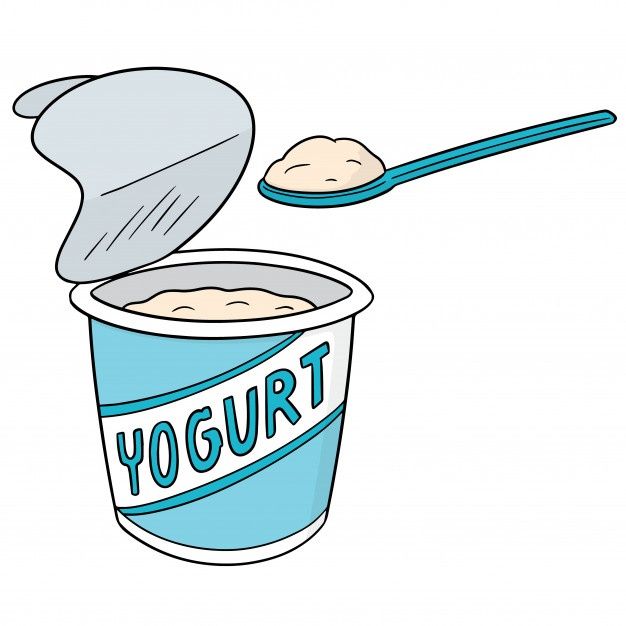 You can put milk at night, and in the morning you can eat yogurt. Store it in the refrigerator for no longer than 4-5 days. It is better for a child to give this product in the first two or three days after fermentation - the longer the yogurt is stored, the less beneficial bacteria it contains.
You can put milk at night, and in the morning you can eat yogurt. Store it in the refrigerator for no longer than 4-5 days. It is better for a child to give this product in the first two or three days after fermentation - the longer the yogurt is stored, the less beneficial bacteria it contains.
Making yogurt in a yogurt maker:
In a multicooker
You can also make yogurt in a multicooker if it has a Keep Warm mode. Boil 2 liters of milk, then cool it to the desired temperature (38-40 degrees). We add sourdough to it. Having closed the device with a lid, set it to the desired “yogurt” mode. Cooking time - 8-10 hours. When the yogurt is ready, pour it into glass containers and put it in the refrigerator. You can eat it after 2-3 hours.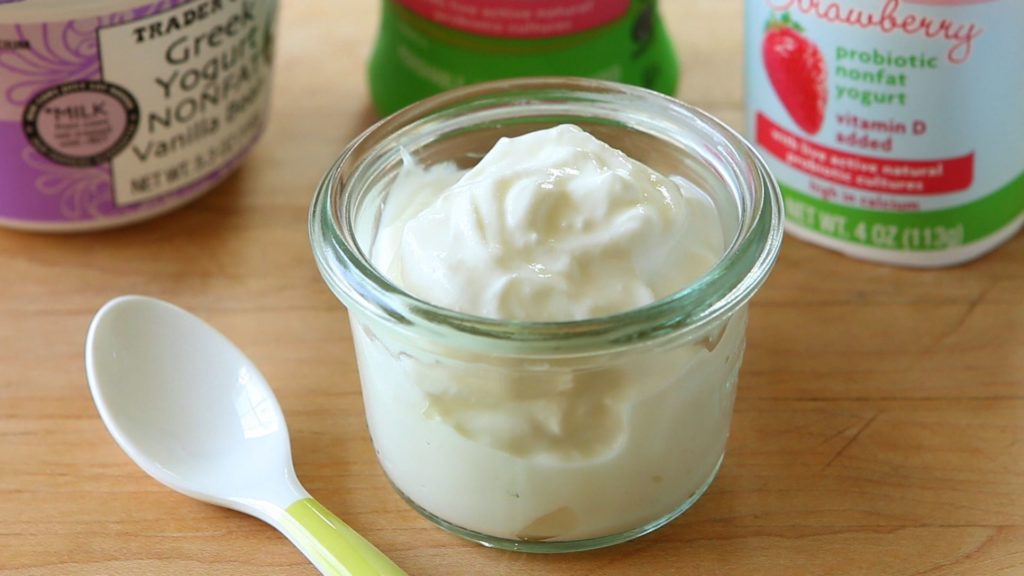 nine0010
nine0010
Homemade yogurt in a slow cooker:
In a thermos
Add the starter to boiled and cooled to 40 degrees milk, mix. Pour it into a thermos, after dousing the thermos with boiling water . This must be done to clean the thermos from pathogenic bacteria. We close the thermos, wrap it in a towel and put it in a warm place - near the battery in winter or in a sunny place in summer.
The product in the thermos is usually ready after 4-7 hours. Now you need to pour the yogurt into sterile cups or jars. Then we send it to the refrigerator for at least a couple of hours. nine0190 In a cold environment, bacteria growth stops, preventing further mowing of milk . In yogurt, you can put pieces of fruit, a little jam or syrup.
How to make homemade yogurt in a thermos:
Homemade yogurt for children under one year old - recipes
It's good if the baby liked the taste of yogurt without additives. However, some kids are happy to eat sour-milk products, if you diversify their taste with fruits. What ingredients go with homemade or store-bought baby yogurt? nine0010
Important! When you mix yogurt with fresh fruit, you should eat it right away, but you can add canned fruit puree from the store in advance.
Seasonal fruit salad with yogurt
[sc name=”rsa” ]
Yogurt is an excellent dressing for fruit salads.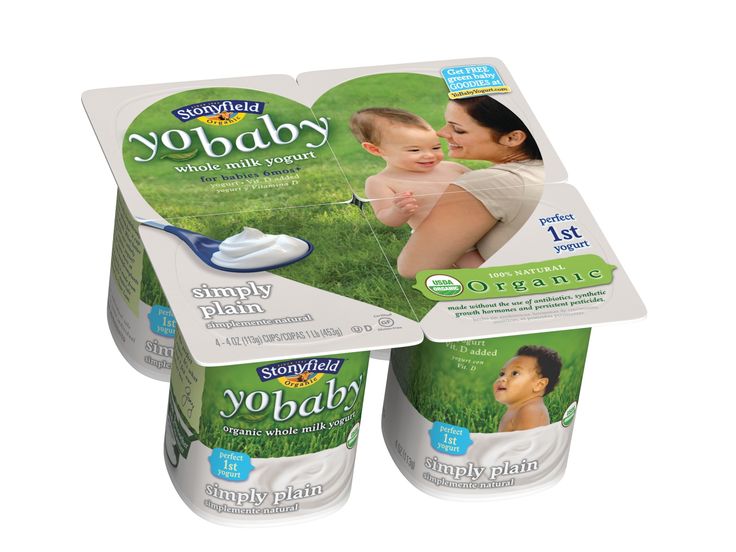 Since it is better for children to give only seasonal fruits, we will conditionally divide salads into summer and winter. Such a delicacy can be pampered by children over 1 year old. Let's look at some recipes for fruit salads with yogurt.
Since it is better for children to give only seasonal fruits, we will conditionally divide salads into summer and winter. Such a delicacy can be pampered by children over 1 year old. Let's look at some recipes for fruit salads with yogurt.
Add fruits of your choice and omit those you don't have on hand. Fruit salad is always delicious!
How to prepare a summer salad:
You will need:
Thoroughly wash the fruit and remove the pits and skins. Cut the pulp into small cubes, season the salad with yogurt. If you need to sweeten the dish, add a little honey.
Winter fruit salad:
You will need the following ingredients (1 each):
Remove the skin and seeds from the fruit and cut the flesh into cubes. Lay the fruits in layers, seasoning each of them with yogurt. You can sprinkle a little sugar on each layer.
Lay the fruits in layers, seasoning each of them with yogurt. You can sprinkle a little sugar on each layer.
It is best to treat your baby with this salad as soon as it is prepared, so that the fruit does not lose its beneficial properties. To increase appetite and to interest the child, you can try to design a new dish in the form of a house, car or some kind of animal. nine0010
How do you make yoghurt taste great, and what are some healthy additions?
Dried fruits. Raisins and dried apricots are very useful on their own. If you add them to yogurt, then it will not lose its value and will acquire a sweetish note. Moreover, children always like to catch dried fruits from yogurt and eating it turns into a kind of game.
Vanilla.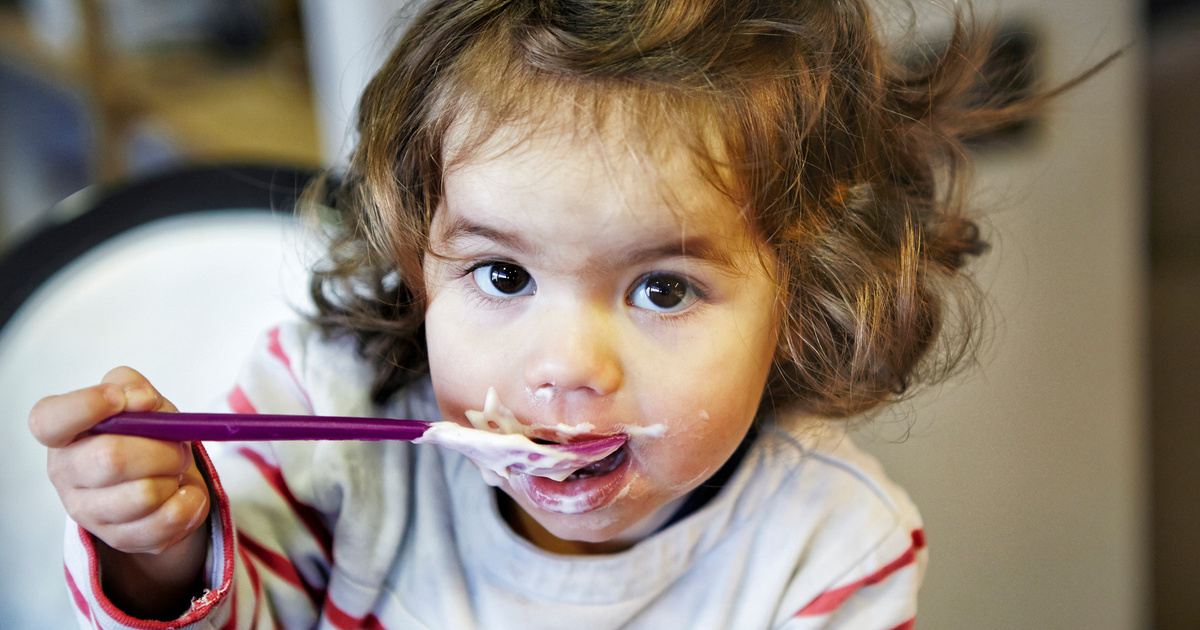 She has an excellent aroma, which many people are delighted with. If you add a little vanilla to the finished yogurt, it will be incredibly fragrant and appetizing. The main thing is not to overdo it, otherwise the product will be slightly bitter. nine0010
She has an excellent aroma, which many people are delighted with. If you add a little vanilla to the finished yogurt, it will be incredibly fragrant and appetizing. The main thing is not to overdo it, otherwise the product will be slightly bitter. nine0010
Nuts. Nuts are rich in fats, which are so necessary for a growing child's body. They help make yogurt not only tastier, but also more satisfying. Cashews, almonds, hazelnuts, and walnuts make great additions.
Muesli. Also able to change the taste of yogurt and make it more satisfying. The flakes become soft and melt, which many children like.
Which starter to use?
If you want to prepare healthy yogurt for your baby, do not use store-bought yogurt as a starter, as the fillers and microflora of the product will give you unpredictable results. Buy only a special starter that contains the bacteria needed to make yogurt. nine0010
Buy the starter culture from a pharmacy (or store), check its expiration date.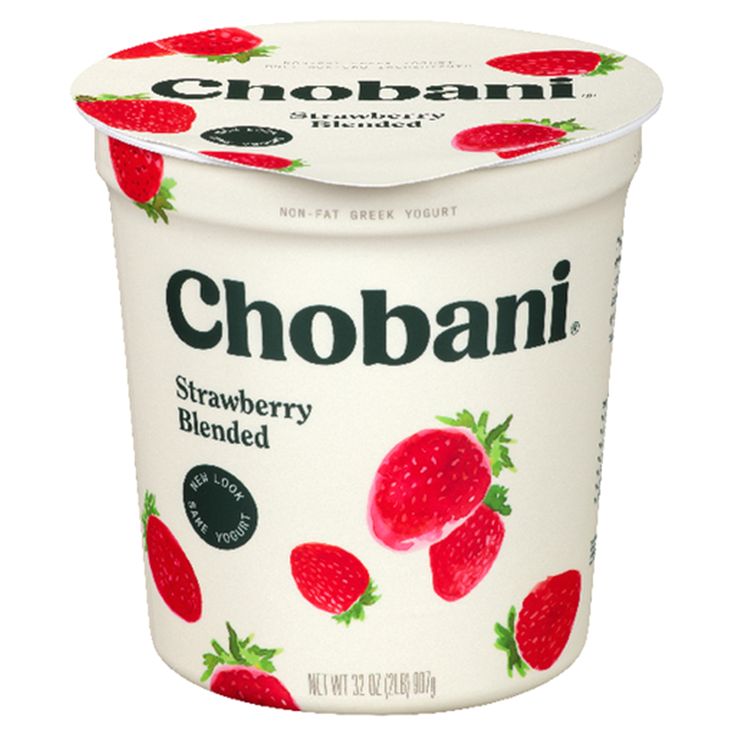 Make sure it has been kept in the refrigerator. When preparing yogurt for a child under one year old, always take a new starter.
Make sure it has been kept in the refrigerator. When preparing yogurt for a child under one year old, always take a new starter.
There are also starter cultures from which other fermented milk products are prepared - these are streptosan, bifivit and vitalakt. They contain other bacteria. Occasionally indulge your little ones with foods made from these starters for a change.
Choosing a good yogurt for a child in a store
Agusha
Under the brand name "Agusha" 2 types of yoghurts for children up to 1 year old are produced
Both recommended from 8 months. Agusha is distinguished by the widest range of children's yoghurts.
The shelf life of Agusha yoghurts is 14 days.
Tyoma
Tyoma only has drinking yoghurts. Bioyoghurts Tyoma are recommended from 8 months. nine0010
Ingredients: whole milk, powdered and skimmed milk, sugar, fruit puree and juice, thickener (cornstarch), natural color (carrot juice), acidity regulator (concentrated lemon juice), Bioyoghurt Tyoma contains 3.2% protein, 2 .8% fat, 11.5%, sugar 5.8%, calories 84 kcal.
The introduction of yogurt to the child's menu is something that cannot be neglected, because the benefits of this product are obvious. The Bulgarian stick contained in it has a detrimental effect on various pathogenic bacteria in the body. Therefore, yogurt can be called a natural probiotic that protects the health of your crumbs. nine0010
Tips for consumers: how to choose the right yogurt?
Myths about yogurt - the benefits and harms of yogurt for children
Although yogurt has long been a well-known product, there are many myths around it. Consider the most popular of them.
Myth 1. Yogurt is a source of vitamins missing in the body. It is not true. Yes, yogurt contains vitamins necessary for the child's body, but their amount is very small. To replenish the body with the missing vitamins, the child will have to drink liters of yogurt. nine0010
Myth 2. Live yogurt can have a long shelf life. This is a delusion of modern mothers who believe that technology has taught a quality product not to deteriorate for a long time. Not true. All-natural yogurt can be consumed within a week and only if it is properly stored. After this period, all beneficial bacteria in the dessert die and it can no longer be called alive. Long-term storage yogurts contain preservatives in their composition, therefore they are not natural and are not recommended for children. nine0010
Long-term storage yogurts contain preservatives in their composition, therefore they are not natural and are not recommended for children. nine0010
Myth 3. Yogurt is rich in calcium, like all dairy products. This is not entirely true. Calcium enters the body of a cow that gives milk with food. If it is not in grass and feed, then it is not in milk, and it will not be in yogurt. Therefore, in order for the milk you bought (and, accordingly, yogurt) to contain calcium, you must know for sure that the cow received it, for example, with special feed.
Myth 4. Yogurt is good for the kidneys. In fact, dairy products really cleanse the body of toxins, but fermented milk yogurt is not recommended for children with sand or kidney stones. Nephrologists in this case require to completely exclude it from the diet. nine0010
Myth 5. Yogurt should not be taken if urate is detected. On the contrary, yogurt should be drunk to children who have been found to have them, since fermented milk products are the best way to remove urates from the body.